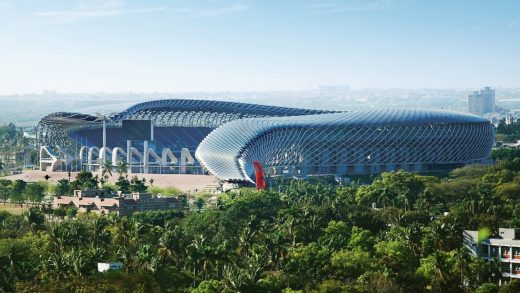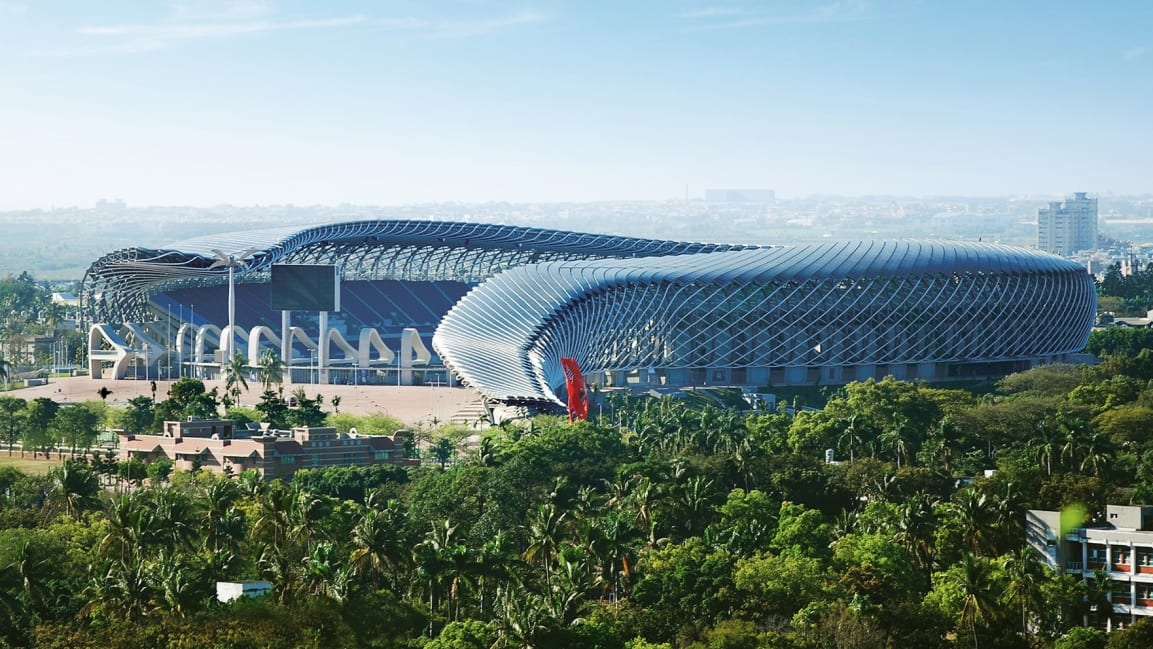How to make green buildings beautiful
Buildings account for about three-quarters of the electricity use in the United States, which makes them a major contributor to our changing climate. To help reduce their impact, buildings need an energy revolution, both in how they get it and how they use it. Key will be increasing the use of renewable energy.
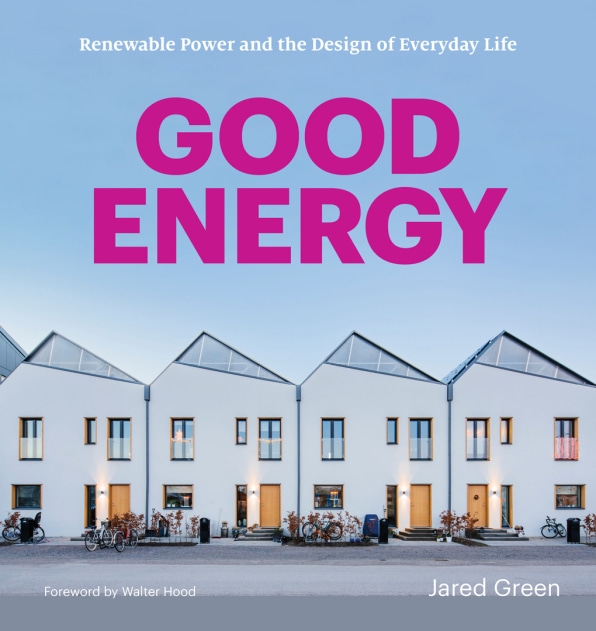
A new book argues that buildings can both generate and use renewable energy in ways that are efficient, affordable, and beautiful. Good Energy: Renewable Power and the Design of Everyday Life, out now from Princeton Architectural Press, offers 35 case studies of projects from around the world that integrate renewable energy into their elegant and innovative designs.
In this interview, author Jared Green explains how these concepts are finding their way into projects ranging from homes to civic infrastructure to community spaces, and why much more is needed.
Fast Company: Why is it important for buildings to be using and even generating renewable energy?
Jared Green: We know the building sector accounts for a huge percentage of energy use and greenhouse gas emissions. There’s a major opportunity there to reduce both. Right now we’ve got buildings that have oil or gas furnaces and boilers, and there’s no reason why our homes shouldn’t be run on electricity. Running homes on electricity gives us the opportunity to make the energy source that’s creating that electricity to be clean. We have a decade to significantly reduce greenhouse gas emissions to stave off the worst impacts of climate change. We need new buildings to be net-zero in terms of their energy use and to retrofit existing buildings to become net-zero at a much more rapid pace than we are now.
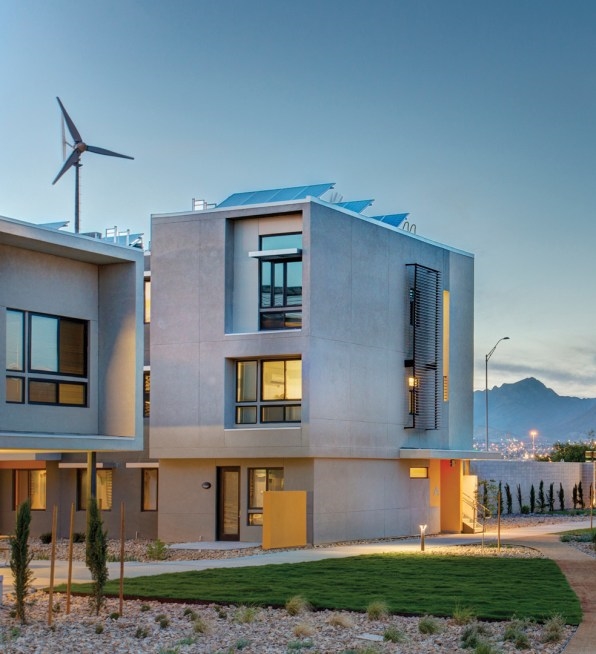
How can designers do more to make renewable energy attractive, and how can this help?
Design is a key pathway for expanding interest in renewable energy, and good design can make it more accessible and beautiful. Sustainability has to be better than the norm. It has to be more beautiful, cheaper, more accessible, otherwise it’s like we’re putting obstacles in front of ourselves in trying to help transition everyone to this future that we think is better. We have to make sure it actually is better. It can’t be boring.
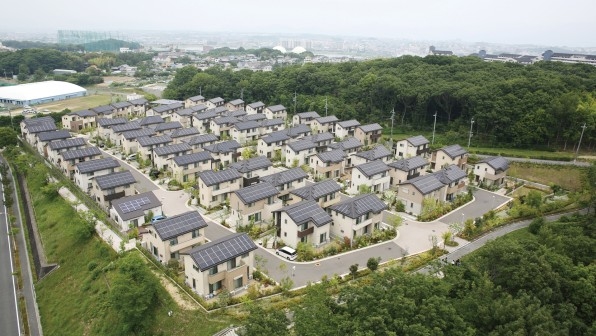
The book has many examples of this working at lots of different scales, from individual homes to entire communities, including SMA x Eco Town Harumidai in Sakai City, Japan, a dense neighborhood of 65 homes that produce about 15% more energy than they use. What makes this project stand out?
They’re basically creating this prototype of an energy-positive community. There are so many interesting layers to the project. Every homeowner has a tablet that they can use to monitor their energy use. They’ve also gamified the entire community, where residents earn points for reducing their energy use, and can use those points to access shared electric energy vehicles. They’re also using the batteries in shared electric vehicles as a backup storage system in case of earthquake or disaster. This approach is making it really easy. It’s almost a consumer electronics approach to building a net-zero home. I know there are a number of developers in Silicon Valley that are looking at similar models.
Another really interesting project in the book is an electric vehicle charging station in Denmark, designed by the Danish architecture firm Cobe.
You think of a gas station on the side of the highway, it’s not a great experience. You want to get in and out of there as fast as you can. So Cobe’s idea was to create an oasis and almost a Zen-like experience. They built swings into the canopy structure. It’s a complete reimagining of what the experience of personal transportation could be. Globally, transportation makes up about a third of emissions, and it’s one of the most difficult sectors to decarbonize. We still need bike and pedestrian infrastructure, and public transit. We should be trying to get people out of their cars as much as possible. That’s critical to this low-carbon future. But if people are still going to be in private vehicles, they should be electric vehicles that are powered by clean energy.
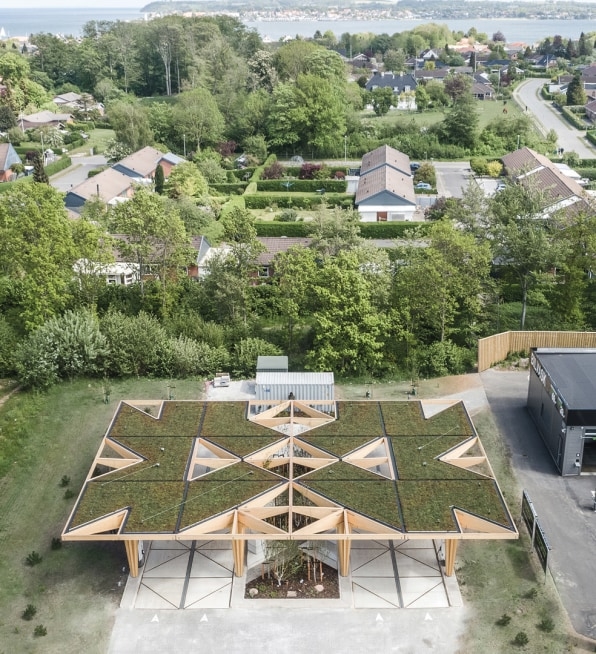
What are some of the hurdles holding these kinds of projects back? What do we need to do now to make it easier for buildings to integrate renewable energy?
There are major regulatory and permitting issues. That will affect all scales. [President] Joe Biden wants us to get to this clean energy future quite rapidly, but I’ve been reading articles asking how we are going to do that with the current permitting system, where a large-scale solar power plant can take four years to move through the process. I think it’s the same at the local level, unfortunately. There are just too many hoops to jump through, so people view it as a hassle.
Also, the companies selling these products where you can either lease solar panels that they manage on your roof or you’re buying them outright, the language often isn’t as accessible as it could be. They’re not making it as clear and simple as possible. So there’s a communications issue, and there’s also a public education issue.
It’s also a design issue, and it’s important on a personal or emotional level for people to see firsthand the benefits of these types of projects. You can imagine public spaces filled with solar power, where people feel pride—Wow, we’re running on clean energy, this aligns with my values, and this is also a place I want to hang out in. It works on a human scale. Getting all those pieces right is a challenge for a designer, but the benefits of getting it right are huge. It’s forging a new society here.
(31)

